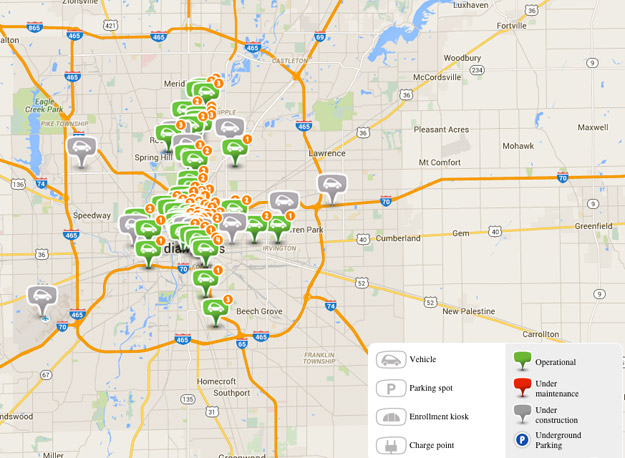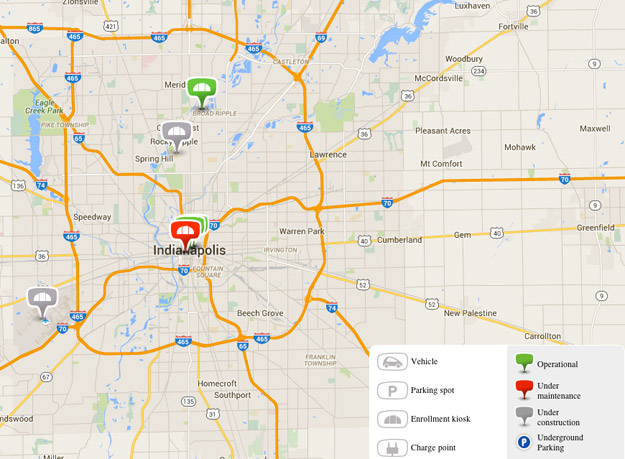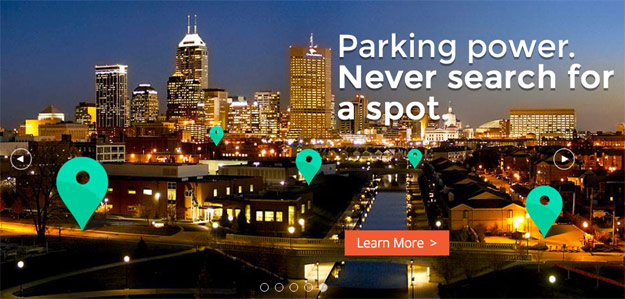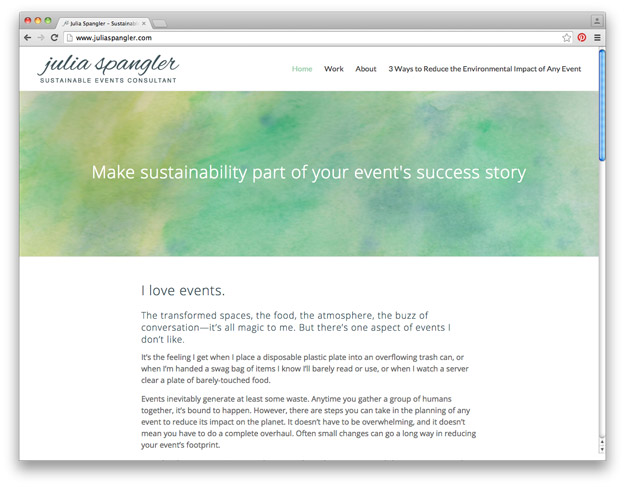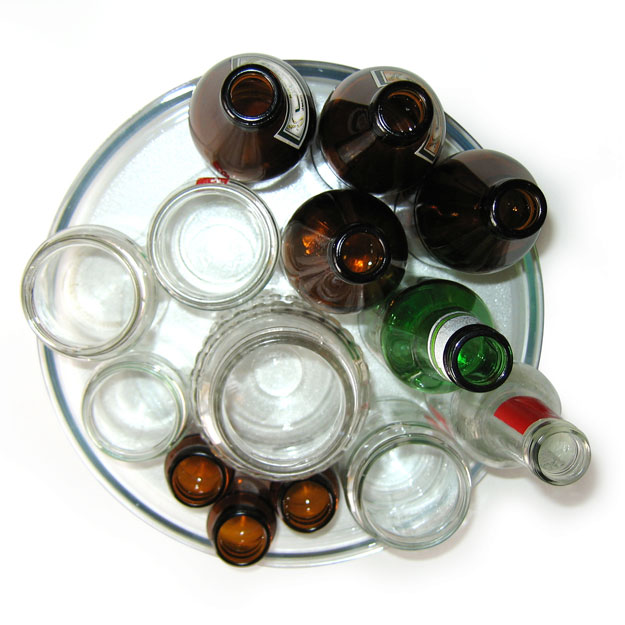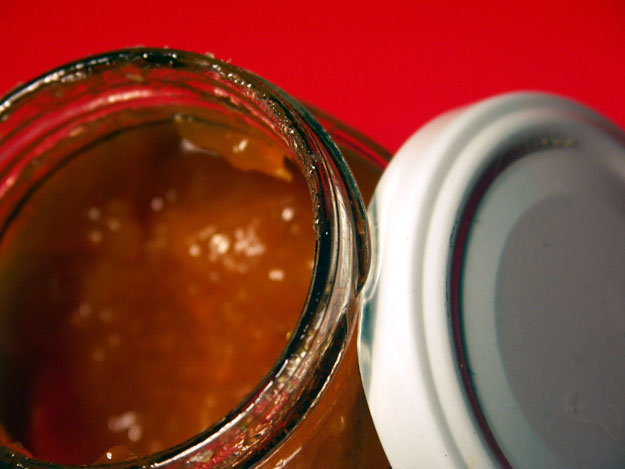Introducing Bethany, our new contributor!
I’m thrilled that my good friend Bethany Daugherty is joining the Fair for All team as a contributor! She will be sharing periodic updates as she goes on a mission to buy only ethically-made or secondhand clothing this year. Here’s Bethany’s introduction to her quest in her own words. — Julia
Three years ago, I texted a number off of a really sketchy looking flyer that was posted on a bulletin board at the college I was about to graduate from. The flyer was very vague and plain, and said “Looking for a bass player for a bluegrass band. Text Kevin at 317-XXX-XXXX.”
I had just stolen a string bass, and was looking for more opportunities to learn how to play it. Okay, okay, I didn’t really steal it…I actually borrowed it from my mom and then never gave it back (thanks Mom!). I texted the number. This Kevin character texted back, and it was all set up for me to attend the first rehearsal at his house. All I could think was “I’m probably going to get murdered and killed.” Then I got another text asking if I had any food allergies. Murderers don’t care about food allergies! Little did I know that texting a random person from a sketchy flyer would turn out to be one of the best decisions I’ve ever made. And guess who was also a part of this band?
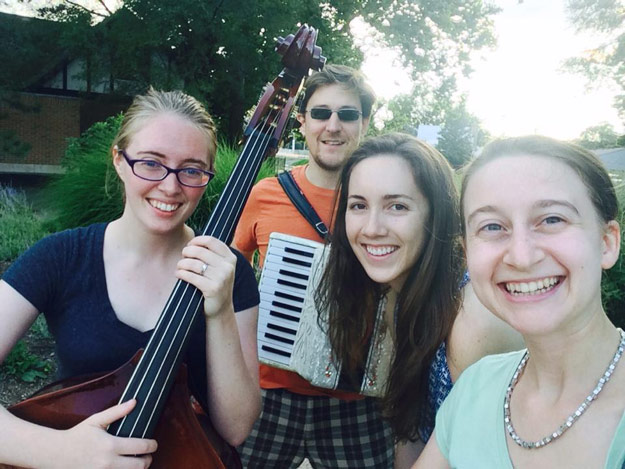
Bethany (left) with her quasi-stolen bass and the band
That’s right, none other than the lovely Julia Spangler! Over the past three years, we have become good friends, and I started reading this blog. When she screened “The True Cost,” I attended, and it was really eye-opening for me. Over the past six or seven months, I’ve had a Dr. Seuss quote stuck in my head:
Even though you can’t hear them or see them at all, a person’s a person, no matter how small.”
It really reminds me of the issues that were presented in that film. I can’t hear or see or know the people who are at the other end of the goods that I consume, but I can’t pretend they don’t exist.
In 2016, I’m tackling the sartorial issue head first—I am choosing to take responsibility for every dollar I spend, and committing to not purchase any new items of clothing unless they are fair trade. I’ll be relying on thrift shops, clothing swaps, and fair trade retail…and making do with the clothing I already own! You can look forward to upcoming blog posts throughout the year about my progress, what I learn through this process, and various DIY posts as I spruce up the clothing I own.
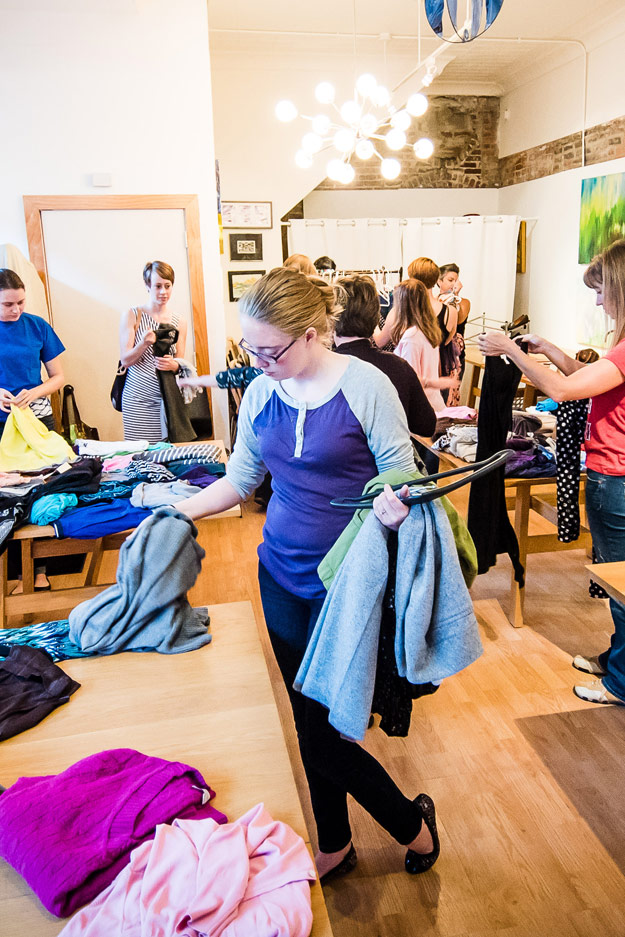
Bethany swappin’ it up at FairSwap15
I’m pretty new to all of this, and I’m still learning all the ins and outs on my quest to take responsibility for my own wallet. I still make mistakes, and I still occasionally buy something that I’m not entirely sure where it came from. Some of the challenges I’m anticipating are finding work-appropriate pants (that fit correctly and are not giant bell bottoms), blue jeans, undergarments, exercise clothing, and shoes. I’m only one month into this challenge, and it already sometimes feels overwhelming, but at the end of the day it helps me sleep at night to know that I’m doing what I can to treat those invisible and silent people with respect.

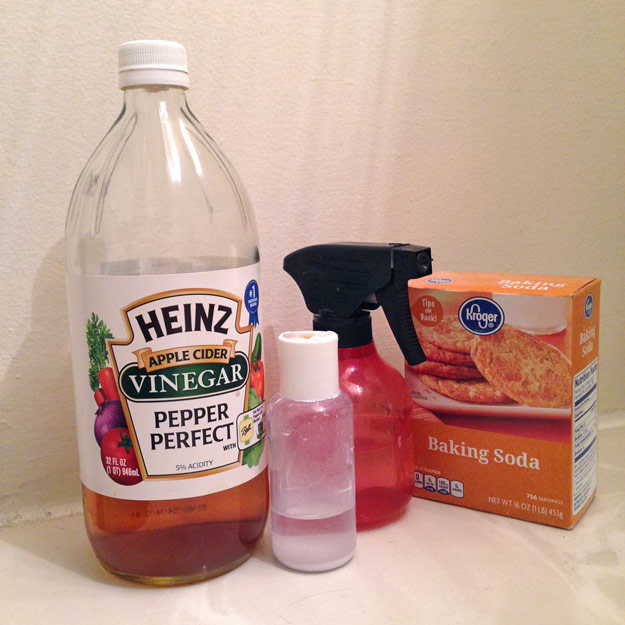
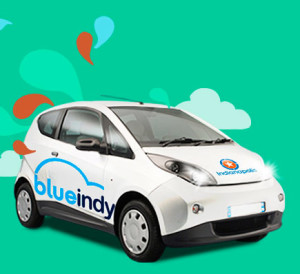 For a couple of months I’ve been wanting to try the
For a couple of months I’ve been wanting to try the 